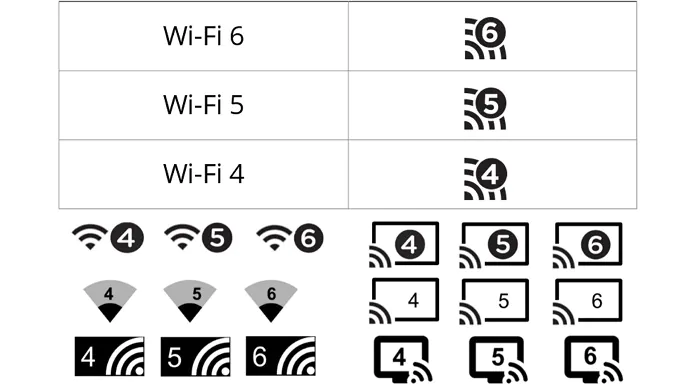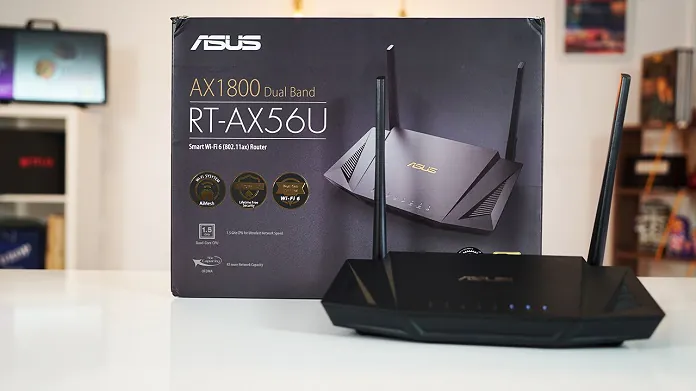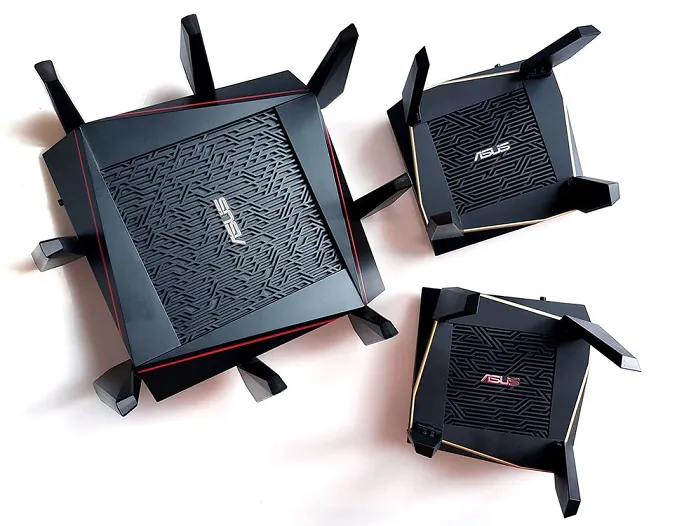© ROOT-NATION.com - Use of content is permitted with a backlink.
It is unlikely that high-speed mobile 5G networks will appear in most areas in the next couple of years, but the new Wi-Fi 6 standard introduced last year is already available to everyone. There are still few devices with its support on the market, but more and more are appearing every day. Let’s figure out what Wi-Fi 6 is and why it is better than previous standards.

Publishing partner: sa gaming
How Wi-Fi 6 is different from old standards — and new markings
In the autumn of 2019 Wi-Fi Alliance introduced a new standard for Wi-Fi 6 wireless connectivity. The first devices with its support were the flagship smartphones Samsung Galaxy Note10 and iPhone 11.
Along with this, the organization introduced new names for different generations of Wi-Fi, and it is recommended that the letter definitions used so far be changed to numbers so as not to confuse ordinary users.
In the old style, Wi-Fi 6 should have been called 802.11ax, but the six is easier to remember. 802.11ac introduced in 2014 was renamed to Wi-Fi 5, and 2009 802.11n standard is now Wi-Fi 4.
The user interfaces of devices with the above standards also received new icons so people know which network to connect to. The numbers 4, 5 and 6 have been added to the already familiar semicircular icons with signal level.

The new marking is recommended by Wi-Fi Alliance for use by all manufacturers, but the association cannot enforce this rule, therefore, most likely, some new gadgets that support the latest standards won’t be obvious about it.
Manufacturers usually follow the recommendations of Wi-Fi Alliance, and, for example, in the description and on the box of ASUS RT-AX92U router we see the Wi-Fi 6 standard icon, and the old definition of 802.11ax is mentioned in brackets.

Be careful when buying, look for the words “Wi-Fi 6” or “Wi-Fi 6 Certified” on the packaging of the devices you need (among their main features or characteristics). For example, the specifications of ASUS RT-AX56U router indicate support for the Wi-Fi 6 (802.11ax) standard, as well as MU-MIMO and OFDMA technologies, which we’ll discuss later.
Increased Internet Speed
So what are the features of Wi-Fi 6 that make it so attractive? According to the creators, the new standard provides a maximum speed of up to 9.6 Gb/s, while Wi-Fi 5 is slower – up to 6.77 Gb/s. They promise that a router with support for the new standard will increase one connected device’s speed by 40%, compared to Wi-Fi 5, and all thanks to a new type of encoding and more powerful chips in routers that can cope with an increased data stream.
On client devices (smartphones, tablets, laptops) with Wi-Fi 6, the speed of the 2.4 GHz band is also improved (they promise up to 1148 Mbit/s). It is gradually being replaced by a faster, but challenging 5 GHz signal that penetrates solid objects with much more problems (here the maximum speed is up to 4804 Mbit/s). The creators of Wi-Fi 6 understand that a full transition to 5 GHz will take time, so the 2.4 GHz range is improved, and not canceled.
Reduced energy consumption
Wi-Fi 6 has received a new feature called Target Wake Time, which is designed to reduce energy consumption for network-connected gadgets. And it happens like this: Target Wake Time analyzes each device in a bunch and determines whether it needs to connect now or the user is doing something else.
In the second case, the function temporarily disables the Wi-Fi module and saves battery power until it is needed again, reducing power consumption by up to seven times. It is understood that this greatly increases battery life.
And if with large devices, such as laptops, tablets and smartphones, the battery saving will not be noticeable so much, in an environment of compact, and often miniature, IoT gadgets (Internet of things), the increase in autonomy in theory should be impressive.
Faster connectivity in crowded places
Wi-Fi 6 has become much better in crowded places or homes with a large number of clients, where each family member has several gadgets, plus a gaming PC, the owner of which likes to stream games or play online shooters. Officially, they promise that in such cases, the new standard will show its best side and increase the connection speed by four times or more, compared to Wi-Fi 5.
This is made possible thanks to OFDMA (Orthogonal Frequency Division Multiple Access) technology and the improved MU-MIMO standard. The first is used in 4G LTE and replaces the OFDM technology used in 802.11ac (Wi-Fi 5).
In OFDM, each channel at a certain point in time is allocated to only one user, so gadgets are forced to compete with each other for the channel, and connections occur almost randomly, because the network selects priority devices at random, chopping off or reducing the proportion of other gadgets.
OFDMA divides the common channel into many small subchannel cells, which means routers and gadgets on Wi-Fi 6 are able to process many users in parallel, increasing spectrum efficiency and increasing the bandwidth of each connected device.

On other words, when using OFDM in Wi-Fi 5, each channel in a separate period of time is fully occupied by only one gadget, and with the advent of OFDMA in Wi-Fi 6, each channel is used by several clients simultaneously.
But MU-MIMO technology (an improved version of MIMO in Wi-Fi 5) uses several antennas on the router at the same time to receive and receive information from all devices connected to it.
In the case of the previous generation, the router sends a signal to fewer devices at the same time, but it does not receive a response from them immediately. Because of this, connected clients are waiting in line for data exchange, which slows down the operation of all devices on the network.
Wi-Fi 6 data security
The new Wi-Fi standard allows the use of WPA3 encryption in routers. The encryption capacity has been expanded to 192 bits (compared to WPA2’s 128 bits), which favorably affects the protection of weak passwords, which, in the case of fifth-generation networks, attackers can crack in a matter of seconds. The WPA3 security standard also protects users in public places, as well as network devices, from hacking.

It should be borne in mind that manufacturers are not required to endow their products with Wi-Fi 6 support with this latest WPA3 encryption standard, so pay attention to the specifications when buying a router. For example, ASUS RT-AX58U model has it, but others might not. Don’t presume, always check.
Do you already use Wi-Fi 6? Or maybe you plan to switch to devices that support the new standard in the near future? Share your impressions in the comments and advise which is better.
Subscribe to our accounts:


If you have a modern computer, you should consider choosing an SSD like M.2 PCIe. Such SSDs are not much more expensive than SATA-enabled models, but they offer much better performance.